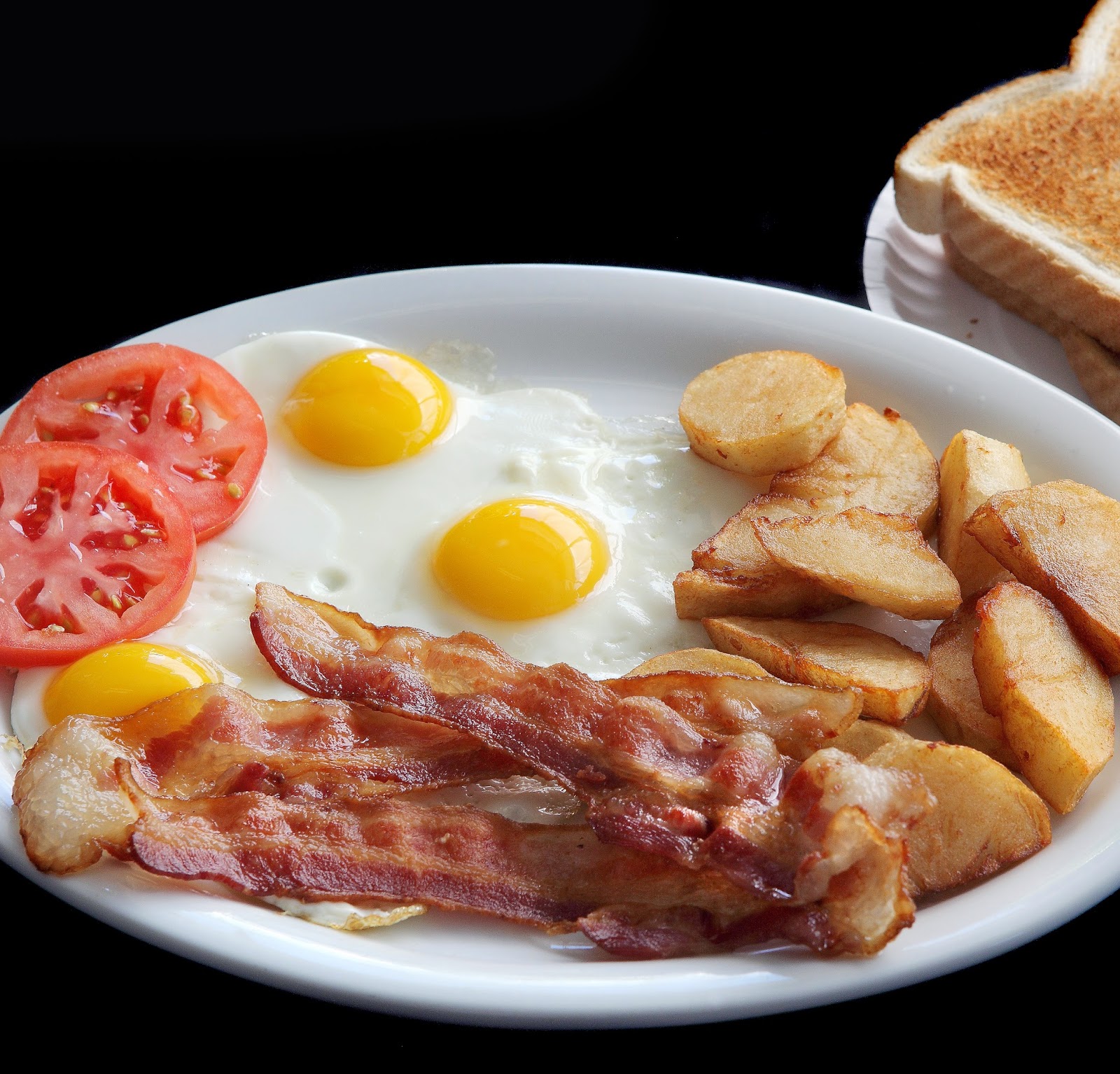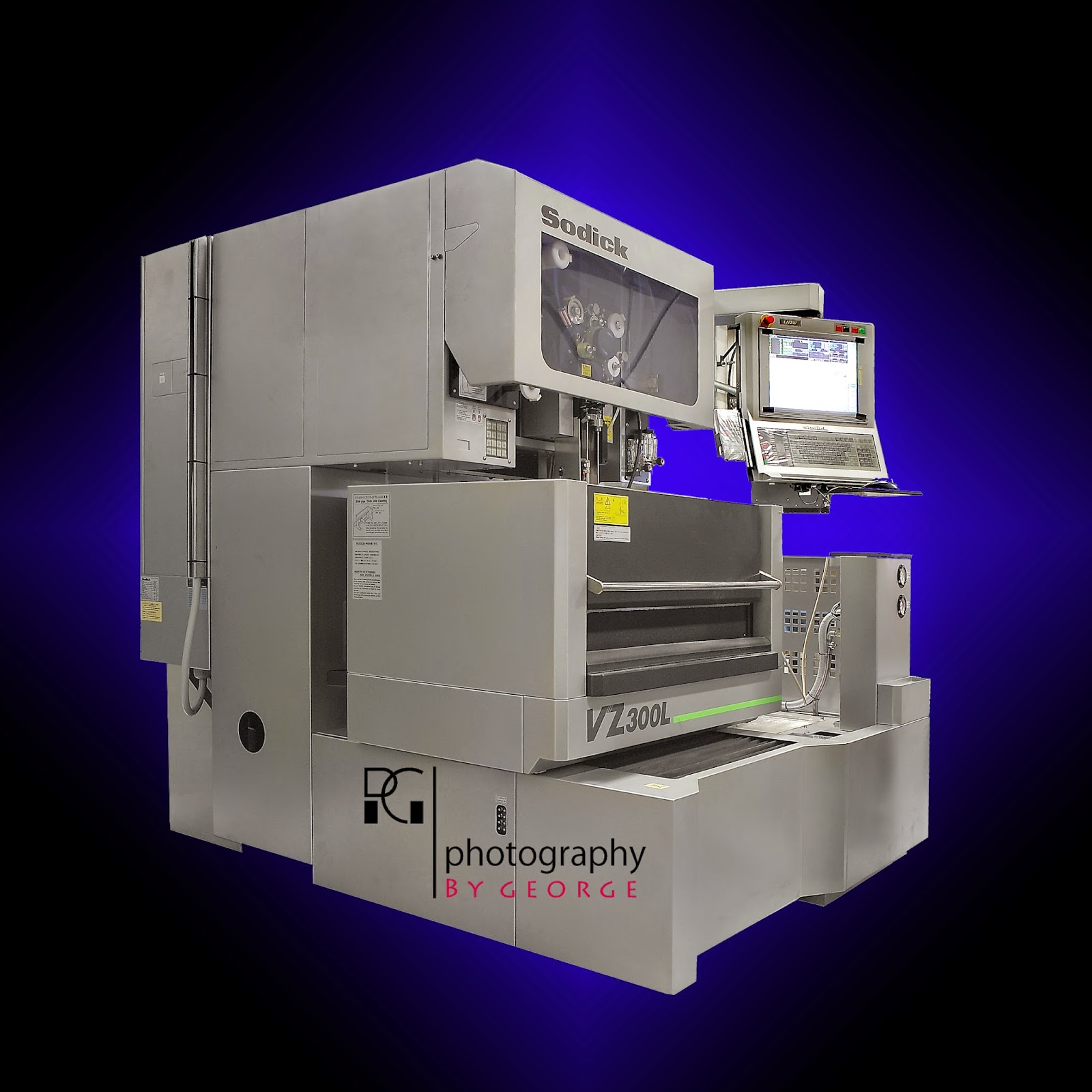Let's
face it -- straight-on, full-frontal shots are boring. They're good
for self-portraits and passport photos. But if you're trying to catch
someone's attention, shots like this fall flat. Imagine a picture of
a plate of food taken at eye-level. No rotation, no slight angling,
no special way for the light to catch the edge of the plate just so …
nothing.
One
of the best ways to capture an eye-catching photograph is to
experiment with the angles. Any professional Toronto commercial photographer knows that interesting angles are the foundation of
interesting pictures. Anything crazier than interesting, though, and
you risk the photo looking ridiculous. Balance is key.
The color of the background and the video camera are both gray. The
only thing different is the shade and color gradation, and yet the
camera stands out beautifully.
This is because the slight tilt and rotation of the camera allows the
viewer to see the details of the front and the side at the
same time. The angle here not only looks artisitc; it gives the
object dimension.
COSMETICS
This is an example of how angling the shot can really bring out the
contrasting colors. While you're finding the right angle, remember
that object placement is also very important, especially when there's
more than one in the photograph.
By placing the black box at the back, the light-colored foundation
bottles at the front stand out even more. If the box had been in
front, their black-colored caps would be emphasized. Then the cream
colors would have been covered, and the whole picture would just be
one big splash of black on white.
The angle here is a slight bird's-eye-view; we're made to look at the
set-up as though we're at a higher level, looking down. Again, this
emphasizes more details, like how many foundation bottles there are.
If the angle had been a simple straight-on shot, the contrast between
white, black, and brown wouldn't have been as dramatic.
FOOD
The main problem when taking a single subject on a plain background is space. You don't want there to be too much space around the subject, so you come in closer. But you don't want there to be a lack of space either, or else the picture risks looking abruptly cut off.
Again, balance is key. The angle here cuts off a little of the plate,
but it focuses on the truly eye-catching (and, quite frankly,
mouth-watering) details of the food, such as the yellow of the eggs
and the oily goodness of the bacon.
FURNITURE
You can use angles to accentuate and emphasize certain features of
the subject. Composing makes use of the lines and light sources on
the photograph to draw attention to certain characteristics of an
object.
In this example, the eye is immediately drawn to the gold sculpting
on the corner edge of the furniture. The angle makes the piece feel
solid. Thanks to the position of the shadows, we can tell that the
corner with the gold sculpture is at the very front.
The break in the lines of the wood also further accent the corner.
When uniformity is disrupted, our attention is immediately drawn to
whatever looks different.
INDUSTRIAL
You can dramatically alter your photo composition just by changing
the angle of the camera. It doesn't even have to be drastic
adjustments. Simply rotating the subject brings out fantastic
results.
All experts in product photography Toronto understand the
importance of giving the subject dimension. Just like the video
camera in the first picture, the picture gives you a sense of the
bulk, the weight, and the width of the machine. And all it took was a
little angling.





No comments:
Post a Comment